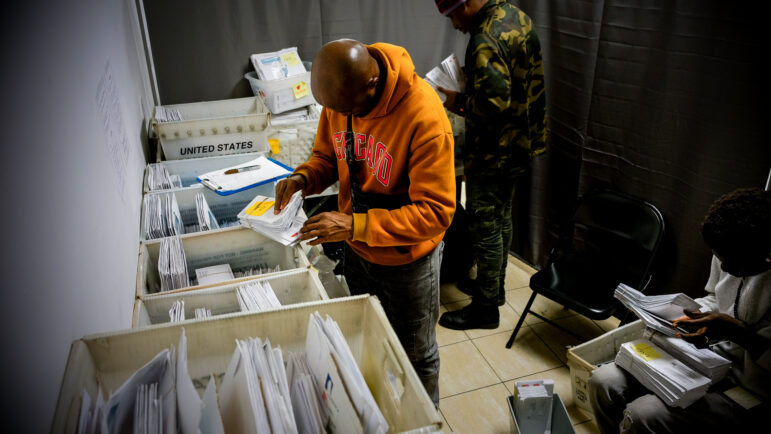
DanTD
The argument over whether New York City should pick up a larger share of the Metropolitan Transportation Authority’s $30 billion infrastructure repair plan has largely been a debate about what the city’s fair share of the subway and bus system is.
Gov. Cuomo and his supporters argue that the city’s capital funding to the MTA have failed to keep up with inflation and that the city ought to have more “skin in the game” given how vital the transit system is to its existence. Mayor de Blasio and his allies counter that between direct contributions, revenue for local real-estate taxes and tolls and fares paid by local riders and drivers, the city foots a larger share of the transit bill than the state.
But there’s another element to consider: Could the city afford to spend more toward the MTA capital plan?
De Blasio’s 10-Year, $83.8 billion Capital Plan has already been criticized by fiscal watchdogs for being much, much larger than the previous $53.7 billion decade-long plan advanced by Mayor Bloomberg. Debt service is an increasing share of the city’s operating budget – projected to rise from $5.9 billion in fiscal 2015 (7.4 percent of total spending) to $7.7 billion or 8.8 percent of total spending in FY2019, and those projections have been tamped down by assumptions that interest rates are going to be very favorable to the city. The city’s debt load was weighted down by a few very big years during the Bloomberg era when capital projects on the water and sewage system alone approached $3 billion annually.
According to figures from the Independent Budget Office, capital spending has been decreasing back toward recent norms over the past four years. But new work looms. The city is in the midst of a huge affordable housing plan, is contemplating very expensive remedies to long-term pollution problems in several local waterways and could face new mandates around controlling chlorine releases and municipal stormwater runoff into area rivers and bays.
It’s a fair question whether the city is carrying its weight on funding work to preserve the transit system. An IBO analysis earlier this year found that if the city’s capital contribution to the MTA had tracked inflation, it would be about $363 million a year, more than twice what it currently gives.
But an equally important question is where the extra money would come from to pay the higher bill. It’s unlikely the city could spend less on housing or environmental protection. Adding to the capital plan means more debt service. So perhaps a new revenue stream is what’s needed. Charles Brecher of the Citizens Budget Commission has suggested increasing charges on drivers. Maybe this is a window to talk about restoring the commuter tax, which IBO estimates would bring in $804 million a year?









4 thoughts on “Bid for City to Pay More Transit Costs Would Strain Hefty Capital Plan”
Maybe the City ought to pay more. But first, I would like to see the MTA open its books. If the public is expected to pay more in taxes and for services, and do with less in environmental protections and affordable housing, then the public has the right to know how much MTA capital money goes to actual construction. And, the City has a responsibility to make this information known.
I posit that the MTA can scale back its budget for frippery: the marketing consultants, the branding consultants, the design consultants agonizing over color schemes, the UES storefront that propagandizes the 2nd Avenue subway expansion, the subway car advertising that tells us to use the subways, etc. etc.
Capital investment in transportation is a legitimate and a crucial public concern. Let’s impel the MTA to open its books to new independent auditors and then publish the result. Mr. Stringer, are you game?
The MTA’s books are wide open. Go to MTA.info, click on Transparency, click on Budget info. That takes you to this website: http://web.mta.info/mta/budget/ You’ll find hundreds and hundreds of pages detailing the precise ways that the MTA spends its money. For the projects in the MTA’s capital plan, go to MTA.info, click on Transparency, click on Capital Program, which takes you here: http://web.mta.info/capital/ Yes, the MTA is audited repeatedly throughout the year by any number of outside oversight organizations, including the City and State comptrollers.
thanks!
80% of the new money allocated is for salaries , pension , almost none for long term capital projects